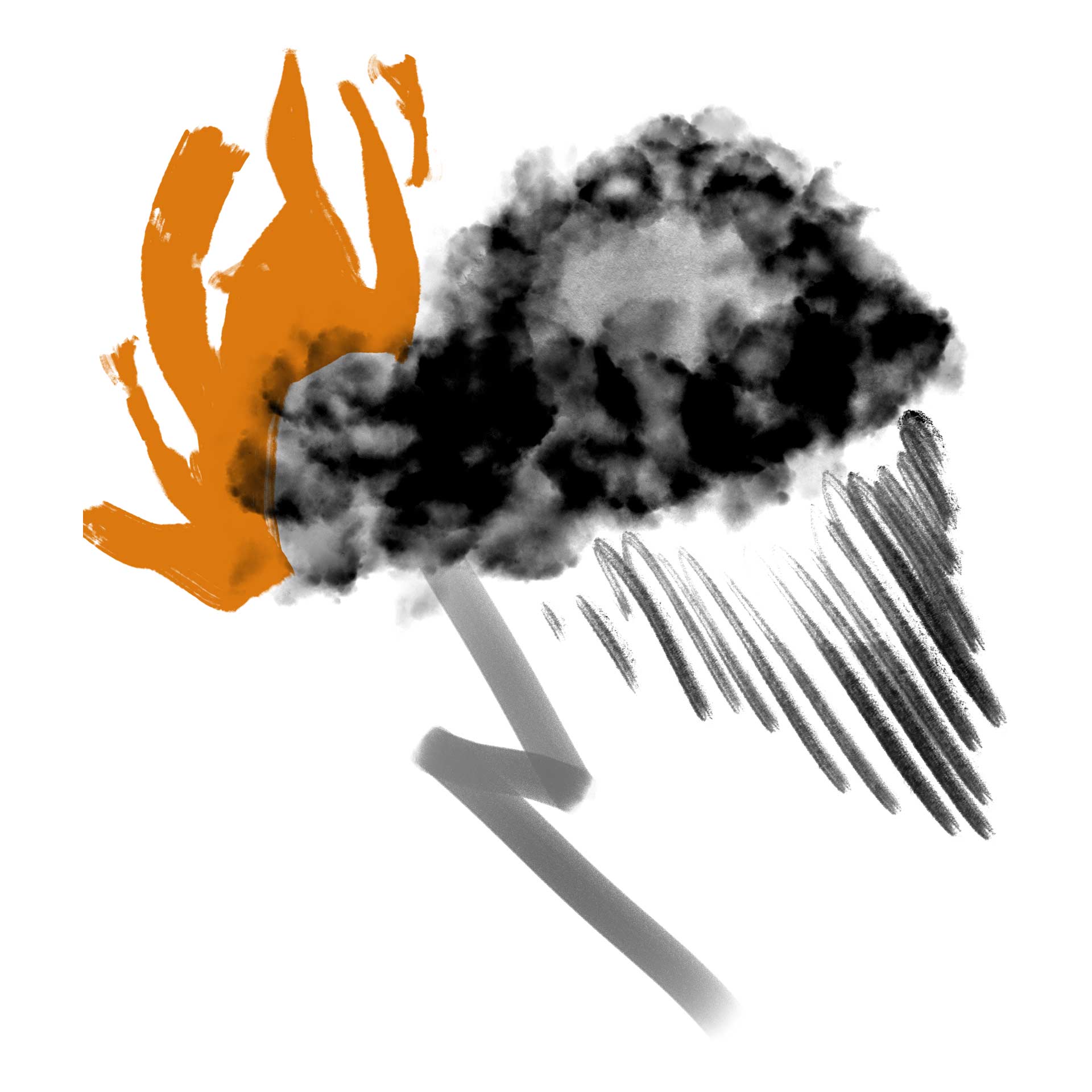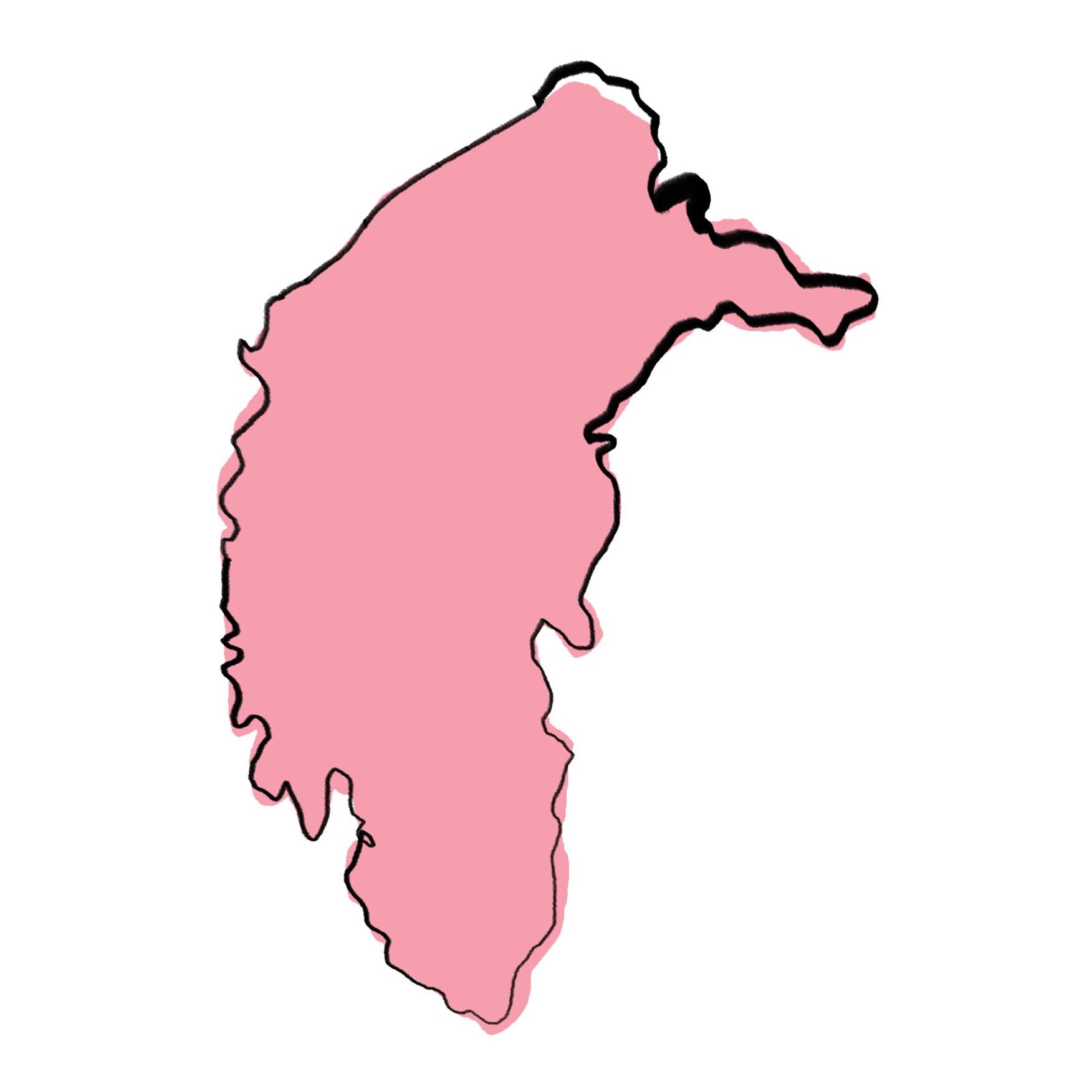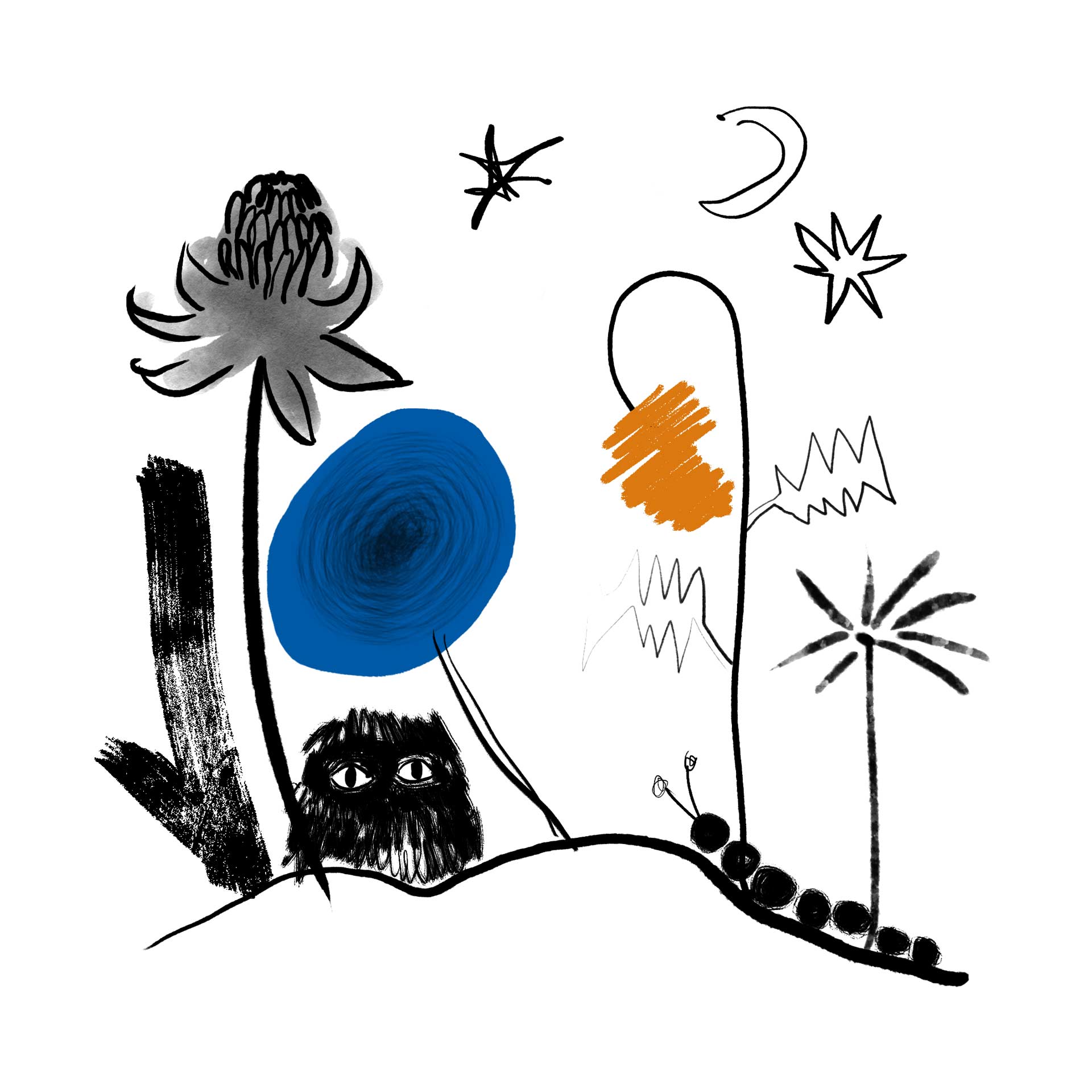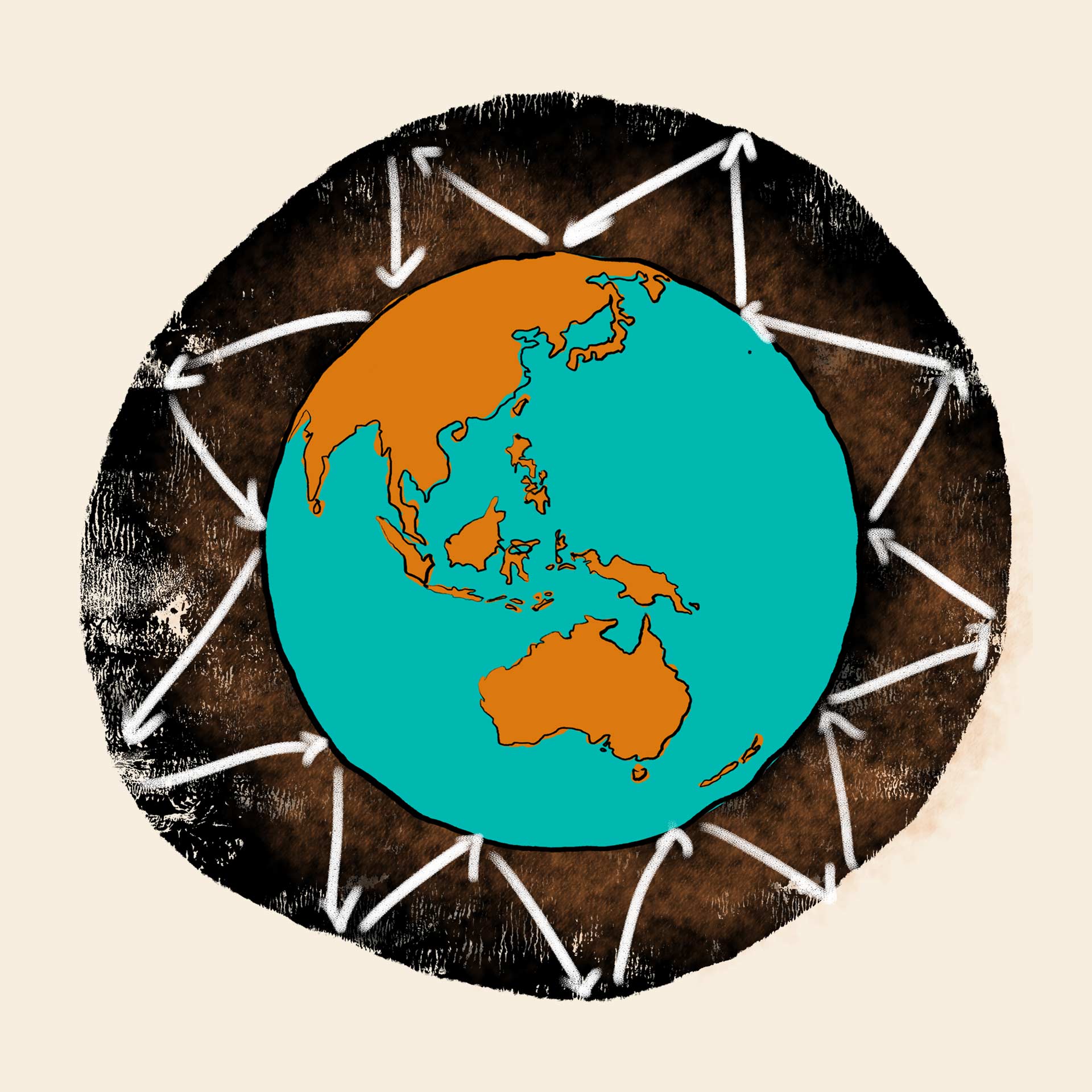Let’s find out more about climate change in the ACT
Click the links below to discover more!
What is climate change?
Climate change is a change in the expected, or average, conditions for a particular region over a long period of time. We can see these changes in things such as increasing temperatures and decreases in rain.
Scientists measure climateThe usual weather that happens in an area over a long time, usually many years. Climate change is when this usual weather changes. change by looking at what the average measurements of things such as temperature and rainfall were years ago. Then they look at what these are now, and what they are expected to be, tens of years or even hundreds of years into the future.
When the climateThe usual weather that happens in an area over a long time, usually many years. Climate change is when this usual weather changes. of an area changes, we can still experience the weatherThe sun, rain, or wind that you experience every day. we are used to. For example, the ACT’s mountains may still have cold, windy and snowy days over winter. But over many years, as climateThe usual weather that happens in an area over a long time, usually many years. Climate change is when this usual weather changes. changes, we will experience different weatherThe sun, rain, or wind that you experience every day.. The mountains may start to have more warm days and less snow; days in the city may become uncomfortably hot with more dangerous storms.
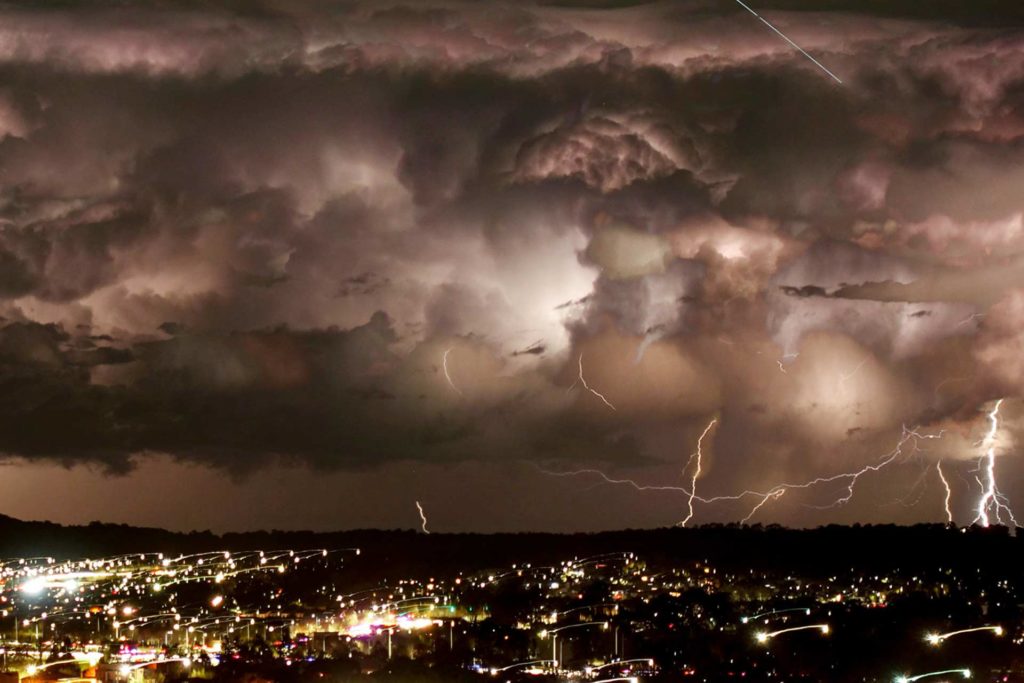
What is the difference between weather and climate?
WeatherThe sun, rain, or wind that you experience every day. describes the sun, rain, or wind that you experience every day. WeatherThe sun, rain, or wind that you experience every day. can change a lot very quickly – over days, hours and even minutes! WeatherThe sun, rain, or wind that you experience every day. also changes between different places, even within the ACT. ClimateThe usual weather that happens in an area over a long time, usually many years. Climate change is when this usual weather changes. is the usual weatherThe sun, rain, or wind that you experience every day. that happens in an area over a long time, usually many years. For example, a place that mostly has hot and humid weatherThe sun, rain, or wind that you experience every day. has a ‘tropical climate’. But an area that has few rainy days and many days of hot, dry weatherThe sun, rain, or wind that you experience every day. has a ‘desert climate’.
Storm over Canberra. Source: Mark Jekabsons
What causes climate to change?
There are many natural reasons (things that aren’t caused by human activities) why climate changes. The climate can become warmer, colder, wetter or drier because of changes in:
- solar radiation – the heat and energy that comes from the Sun.
- ocean currents – where seawater moves continuously in a particular direction bringing warmer or colder water.
- the amount of greenhouse gasesA gas in the atmosphere (such as carbon dioxide, methane and nitrous oxide) that absorbs and emits energy, warming the Earth. Greenhouse gas emissions from human activities are the main cause of climate change. such as carbon dioxide in the atmosphere – the more of these gases, the warmer the climateThe usual weather that happens in an area over a long time, usually many years. Climate change is when this usual weather changes..
- large volcanic eruptions – ash and dust from volcanic eruptions go into the atmosphere and block out the sun causing cooler temperatures.
This means that the climateThe usual weather that happens in an area over a long time, usually many years. Climate change is when this usual weather changes. of different areas across the world is expected to change over time. But today, the speed and severity of climateThe usual weather that happens in an area over a long time, usually many years. Climate change is when this usual weather changes. change in many areas is far greater than what would be likely under natural conditions alone.
The Earth’s climate has been changing so much in recent years because of human activities that release more and more greenhouse gasesA gas in the atmosphere (such as carbon dioxide, methane and nitrous oxide) that absorbs and emits energy, warming the Earth. Greenhouse gas emissions from human activities are the main cause of climate change. – more than there would be naturally on Earth. Greenhouse gasesA gas in the atmosphere (such as carbon dioxide, methane and nitrous oxide) that absorbs and emits energy, warming the Earth. Greenhouse gas emissions from human activities are the main cause of climate change. are produced from fossil fuels such as coal, gas and petrol. Across the world, fossil fuels are used every day as fuel for cars and other transport, and as energy for electricity and manufacturing. Greenhouse gasesA gas in the atmosphere (such as carbon dioxide, methane and nitrous oxide) that absorbs and emits energy, warming the Earth. Greenhouse gas emissions from human activities are the main cause of climate change. are also released when trees and other vegetation are cleared to build more houses or farms.
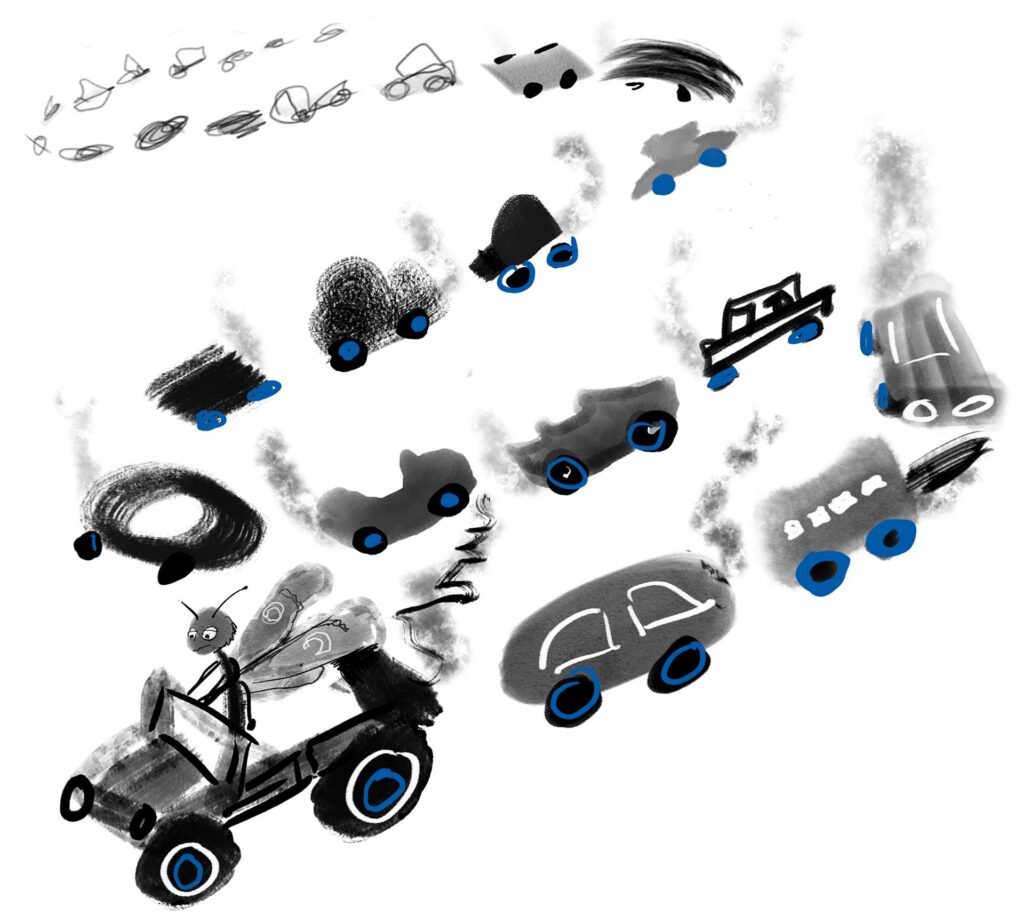
Greenhouse gases and climate change
Greenhouse gasesA gas in the atmosphere (such as carbon dioxide, methane and nitrous oxide) that absorbs and emits energy, warming the Earth. Greenhouse gas emissions from human activities are the main cause of climate change., such as carbon dioxide and methane, are necessary for life on Earth. They keep warmth in our atmosphere so that plants and animals can survive. But if the amount of greenhouse gasesA gas in the atmosphere (such as carbon dioxide, methane and nitrous oxide) that absorbs and emits energy, warming the Earth. Greenhouse gas emissions from human activities are the main cause of climate change. in the atmosphere increases too much, the Earth’s climateThe usual weather that happens in an area over a long time, usually many years. Climate change is when this usual weather changes. changes. This is because greenhouse gasesA gas in the atmosphere (such as carbon dioxide, methane and nitrous oxide) that absorbs and emits energy, warming the Earth. Greenhouse gas emissions from human activities are the main cause of climate change. absorb heat energy from the Sun and stop this heat from being released back into space. This causes the Earth to have more hot days, less rainfall, and more frequent and bigger storms.
All greenhouse gasesA gas in the atmosphere (such as carbon dioxide, methane and nitrous oxide) that absorbs and emits energy, warming the Earth. Greenhouse gas emissions from human activities are the main cause of climate change. (it doesn’t matter where they come from) contribute to climateThe usual weather that happens in an area over a long time, usually many years. Climate change is when this usual weather changes. change. This means that greenhouse gasA gas in the atmosphere (such as carbon dioxide, methane and nitrous oxide) that absorbs and emits energy, warming the Earth. Greenhouse gas emissions from human activities are the main cause of climate change. emissions from Canberra have an impact on the global environment, not just the local region.
How is our climate changing?
Across the world, temperatures are increasing, bushfires are getting worse, and there are more floods and storms. In some areas, rainfall is also decreasing. These changes are all a result of climate change, caused by increases in greenhouse gases from human activities.
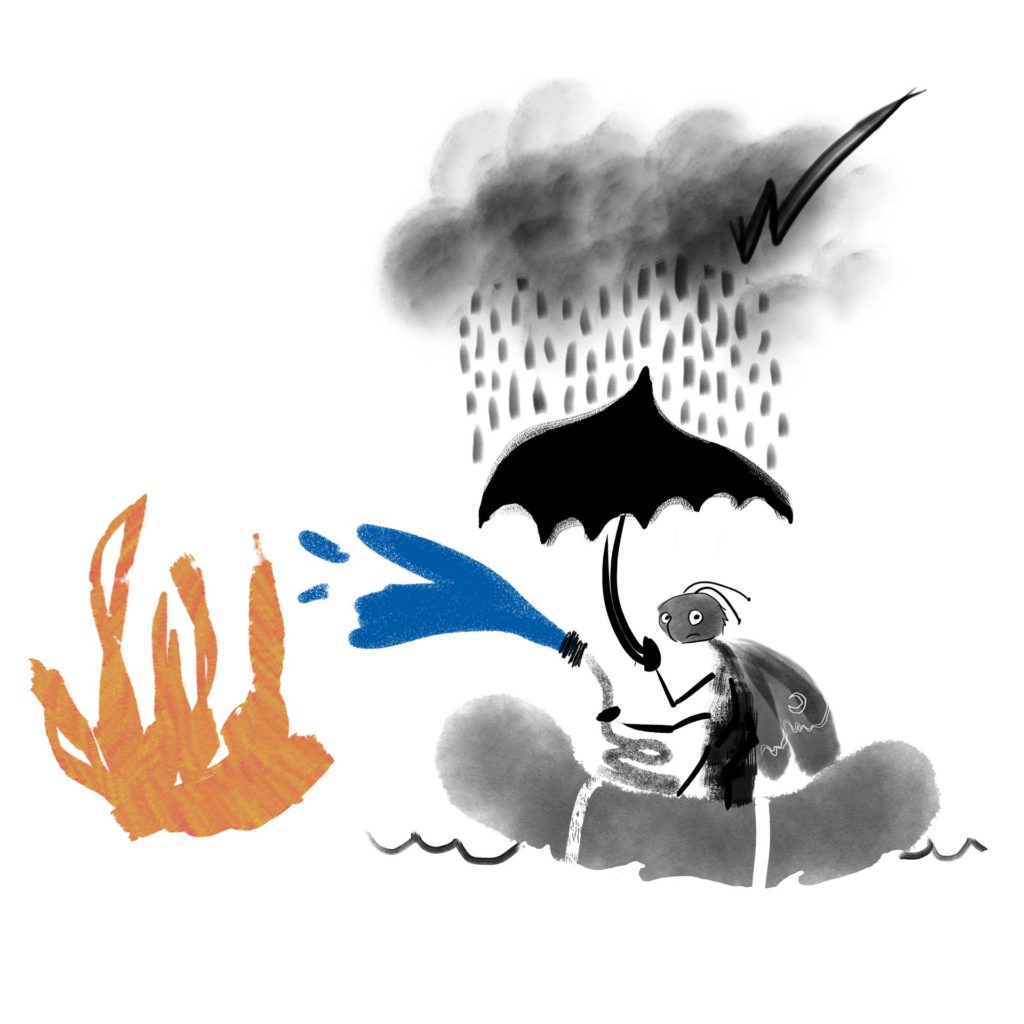
How is climate change affecting the ACT?
- Temperatures are increasing (days and nights are becoming warmer).
- Extremely hot days are getting even hotter! Canberra now has some summer days above 40 degrees, and the number of hot days has doubled since 1950.
- Hotter and drier weatherThe sun, rain, or wind that you experience every day. has increased the risk of bushfires in the ACT and NSW.
- There is less rainfall than there used to be, especially during spring and winter (which is when our dams normally get the most rain!).
- Trees are dying from lack of water and heat stress, especially in the city areas.
- Hotter and drier weatherThe sun, rain, or wind that you experience every day. has increased the amount of bare ground (areas without grass and other vegetation) in the ACT and NSW. This has led to more dust storms on windy days which can cause poor air quality in Canberra.
- Algal blooms are more common, making places such as lakes unsafe to play in.
Did you know?
All of the ACT’s electricity comes from renewable energy making us the first state or territory in Australia to do this! Most of our electricity comes from wind farms, but we also get energy from solar farms and from the solar panels we put on our home rooftops.
Even though our electricity is from renewable sources, it is still important to reduce our energy use, otherwise we will need to produce more and more energy in the future.
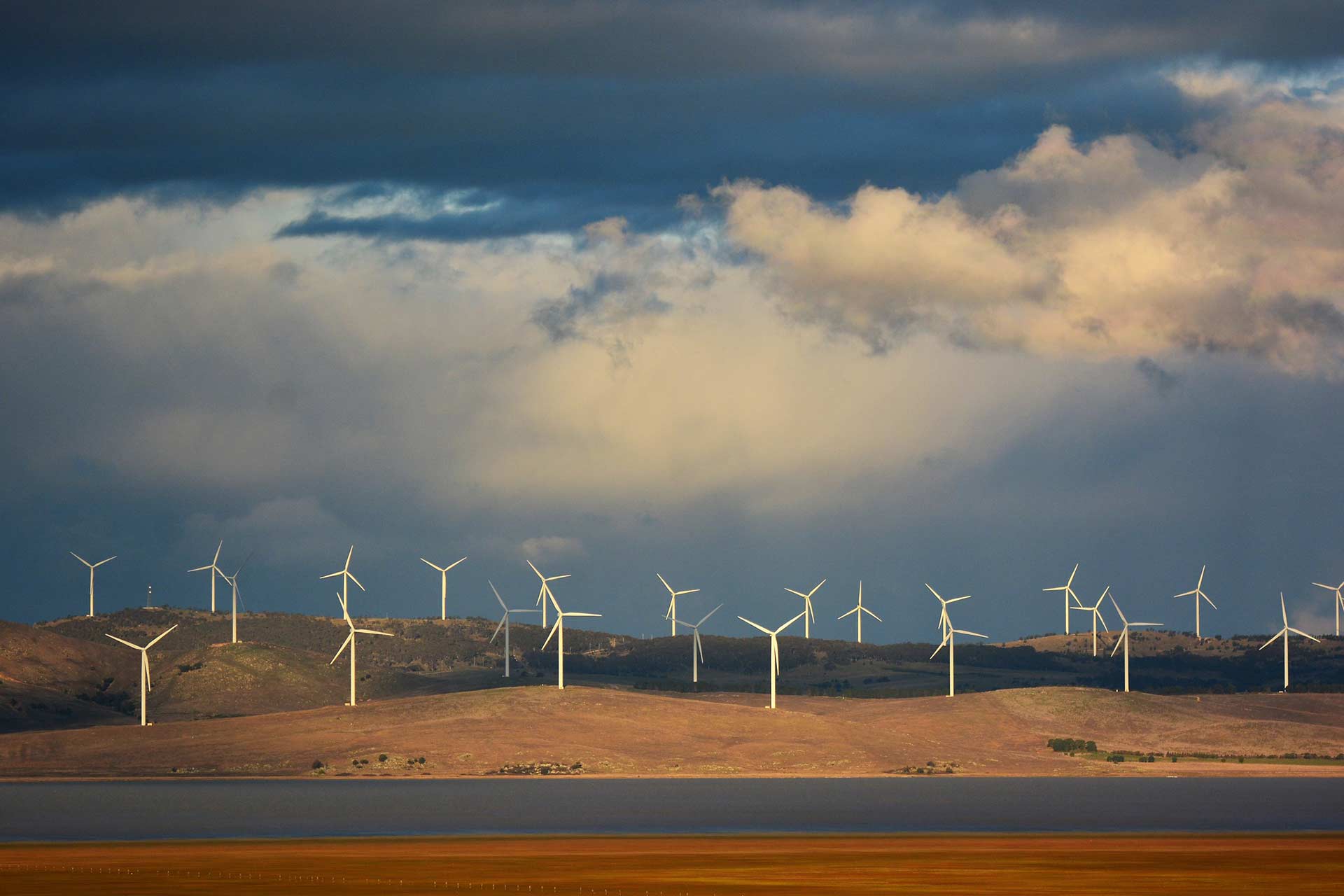

Feeling worried about climateThe usual weather that happens in an area over a long time, usually many years. Climate change is when this usual weather changes. change?
The idea of climate change can be scary. It can make us feel worried about the future of the planet. It’s really important that we take care of ourselves while fighting climate change so that we don’t get overwhelmed. Here are some things you can do if you’re feeling worried about climate change:
- Talk about it with family, friends or your teacher. Being supported by others can help make us feel less alone.
- List some ways you can take climate action. Hint: there are some ideas in the ‘What you can do’ section below! Focusing on the things we can do rather than what we can’t do can make us feel less helpless and more empowered.
- Get inspired! Remember that there are lots of groups in Canberra already doing great work to fight climateThe usual weather that happens in an area over a long time, usually many years. Climate change is when this usual weather changes. change. It’s a team effort!
- Take a break. Sometimes we can feel overloaded with information. It’s okay to take a break and focus on things that make you happy.
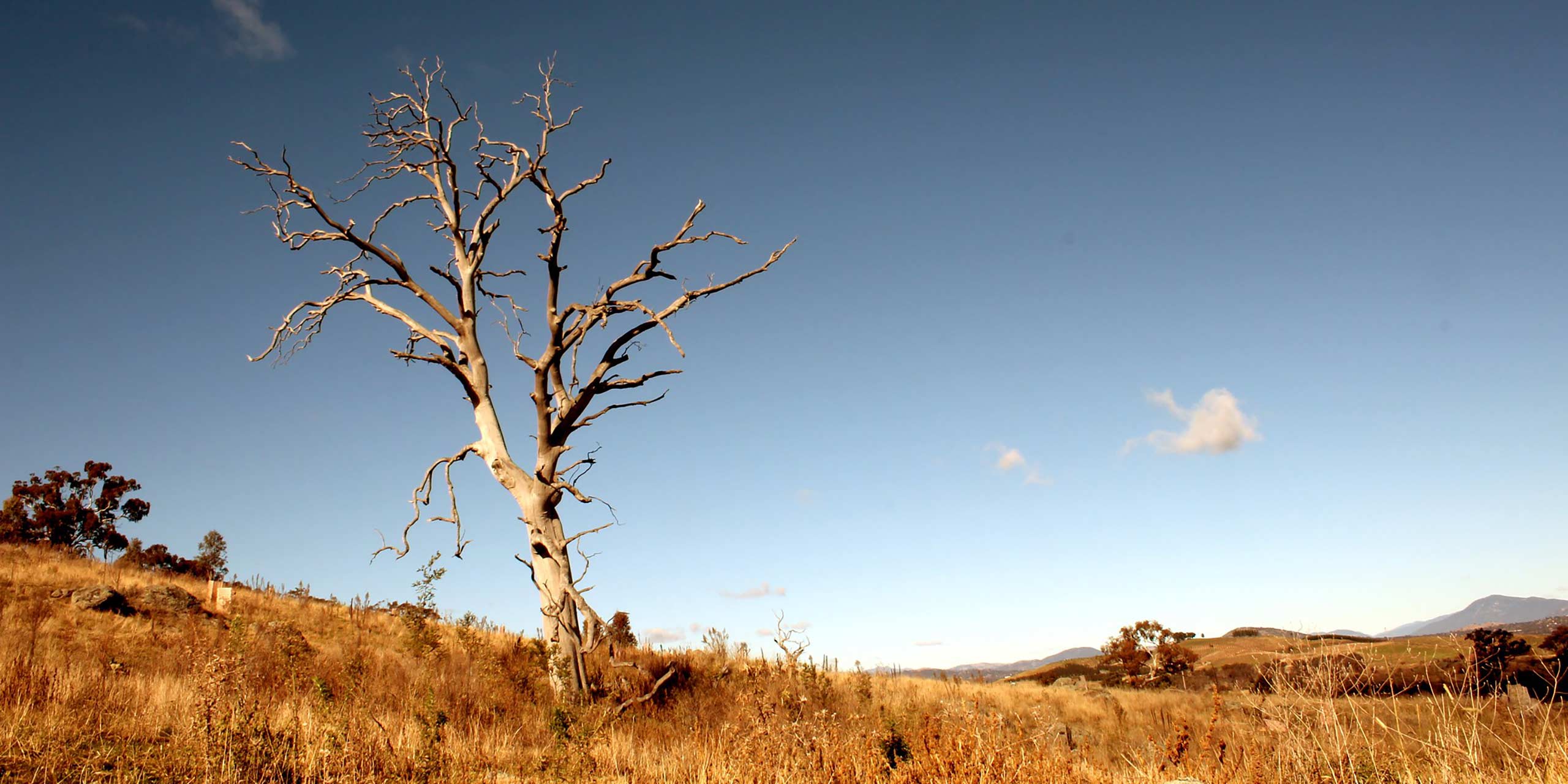
What do kids in Canberra have to say about ClimateThe usual weather that happens in an area over a long time, usually many years. Climate change is when this usual weather changes. Change?
Click through these postcards to find out!
Want to know more? Check out our kid-friendly report about young people’s hopes for the environment called:
What can we all do to help reduce climate change?
The climate is changing in Canberra and all around the world. But if we all work together, we can stop our planet warming too much. Every reduction in greenhouse gases, no matter how small, can help.
Things you can do:
- Walk, Bike, or Use Public Transport: Driving less reduces greenhouse gasA gas in the atmosphere (such as carbon dioxide, methane and nitrous oxide) that absorbs and emits energy, warming the Earth. Greenhouse gas emissions from human activities are the main cause of climate change. emissions! Make your school journey an adventure by walking or cycling. If it’s too far, try riding the bus with friends – it’s like a mini road trip every day!
- Use Less Power: Turn off lights when you’re not using them, and switch power plugs off at the wall.
- Support Renewable Energy: Learn about solar panels and wind turbines. Talk to your parents about installing solar panels on your roof.
- Plant a Tree or Garden: Trees and plants love to gobble up carbon dioxide! Start a little garden in your backyard or join a tree-planting day with your family.
- Be a Waste Warrior: Create less waste by buying fewer things, shopping second-hand, and repairing things when they break. See Reducing Waste for more tips!
- Compost Food Scraps: Food waste releases greenhouse gasA gas in the atmosphere (such as carbon dioxide, methane and nitrous oxide) that absorbs and emits energy, warming the Earth. Greenhouse gas emissions from human activities are the main cause of climate change. when it ends up in landfillA place where rubbish is buried in the ground in large amounts.. Instead of throwing your food scraps in the bin, try composting them instead! Plus, worms love compost, so you might get some wriggly new friends.
- Support Sustainable Products: When you go shopping with your family, look for eco-friendly products. Choose toys, clothes, and snacks that are good for the Earth.
- Conserve Water: Take shorter showers and turn off the tap while brushing your teeth. You can also help by using a bucket to water the garden instead of a hose.
- Educate Others: Teach your friends and family how they can reduce their greenhouse gasA gas in the atmosphere (such as carbon dioxide, methane and nitrous oxide) that absorbs and emits energy, warming the Earth. Greenhouse gas emissions from human activities are the main cause of climate change. emissions by sharing tips and fun facts. Make posters or give a short talk at school about how everyone can help the planet.
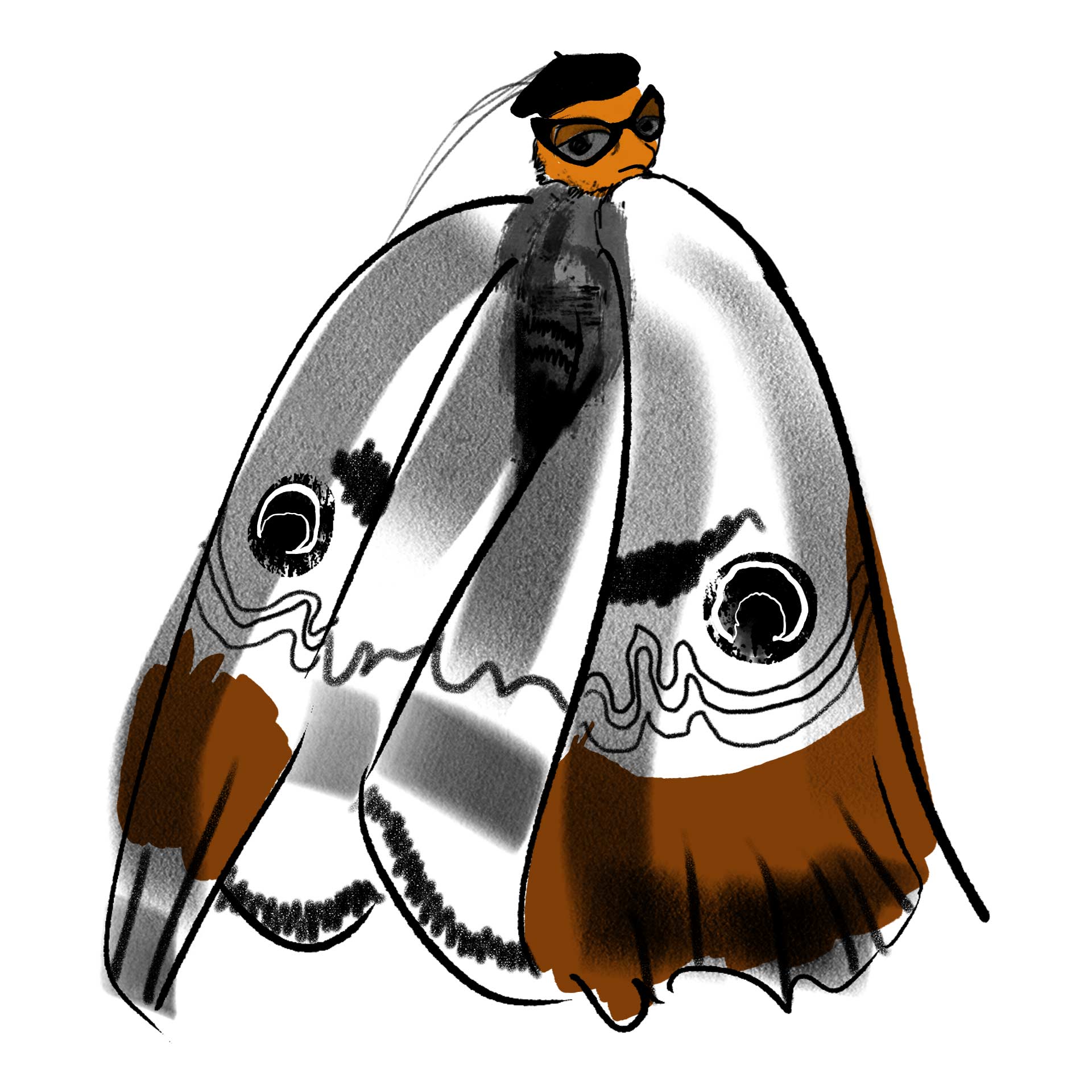
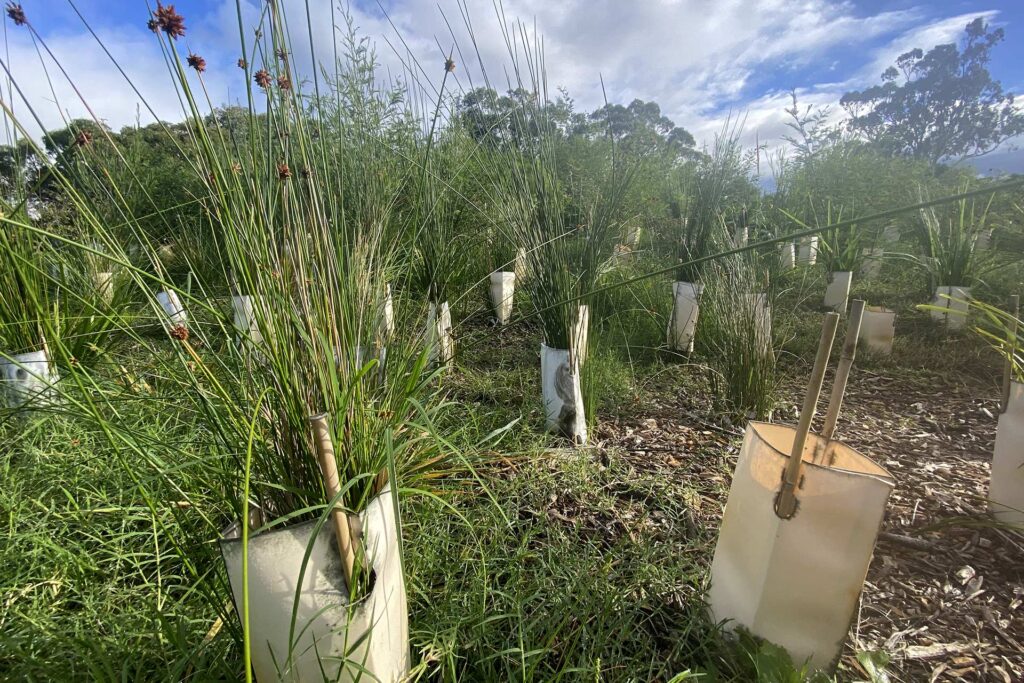
LET’S GET OUTSIDE
Visit a local micro-forest to see ways that communities can help combat climateThe usual weather that happens in an area over a long time, usually many years. Climate change is when this usual weather changes. change. The Climate Factory and local volunteers have created micro-forests in Downer, Watson, Holt and Lyneham. Reach out to the Climate Factory if you want to start one in your own suburb!
Downer Micro-forest. Source: OCSE
Activities
A bowl of sea-level rise
How melting ice contributes to rising sea levels
The height of the Earth’s seas and oceans (also called the ‘sea level’) has risen by about 20cm in the past 100 years. It has been rising even faster in recent years. This may make living by the coast and on small islands impossible in the future.
Global warming and melting ice cause the sea level to rise. But what type of ice? Is it the ice from icebergs floating in the sea, or the ice on land? Let’s find out.
Experiment 1: Do melting icebergs cause sea level rise?
Materials:
- Bowl of water
- Ice cubes
- Masking tape
Add water to a bowl until it is about half full (if you don’t have a bowl, you can use a large glass). Then add 10 ice cubes, or just enough to make the water rise nearly to the top of the bowl. Try not to spill any water – it might be a good idea to do this in the sink. Mark the water level with a piece of tape, then leave the bowl until all the ice has melted.
Did the melting ice cause the water level to rise? Or did it stay the same?
Experiment 2: Does melting ice on land cause sea level rise?
Materials:
- Bowl of water
- Ice cubes or ice block
- Mug
Place a mug upside down in a bowl. Add water until it nearly reaches the base of the upturned mug. Balance around 10 ice cubes (or as many as you can fit) on the top of the mug. You could also use one larger piece of ice that can be balanced on the mug. Leave the bowl until all the ice has melted.
Did the melting ice cause the water level to rise? Or did it stay the same?
In experiment 1, the water level should have stayed the same. So, the water should not have overflowed. When ice in water melts, it just changes from solid water to liquid water – but there is still the same amount of water in the bowl.
In experiment 2, the water level should have risen. This is because the melted ice has increased the amount of water in the bowl.
Floating frozen water (like icebergs in the Arctic region) would not raise the sea level if it melted. But places like Antarctica and Greenland contain huge amounts of ice that is mostly on land. So, if that ice on land melted it would run into the oceans, raising sea level across the globe.
Sea level is also rising as our oceans get warmer, because water expands as it warms.
Weather and climate
Scientists love information! Accurate, carefully measured information helps scientists learn new things about the world.
You can be a scientist too! Set up a thermometer in an outdoor area at school or at home to measure the temperature.
Choose a time of day (maybe 2:30pm if at school, or 4pm at home). Measure the temperature every day for a whole month at this same time. Record the date, time and temperature using the template provided below.
At the end of the month, have a look to see how many days you recorded the same (or similar) temperature. Do you notice any patterns?
Scientists do measurements of the weatherThe sun, rain, or wind that you experience every day. like this, too. But they do it over many, many years, not months. Many years of weatherThe sun, rain, or wind that you experience every day. data tell scientists what is happening with the climateThe usual weather that happens in an area over a long time, usually many years. Climate change is when this usual weather changes..
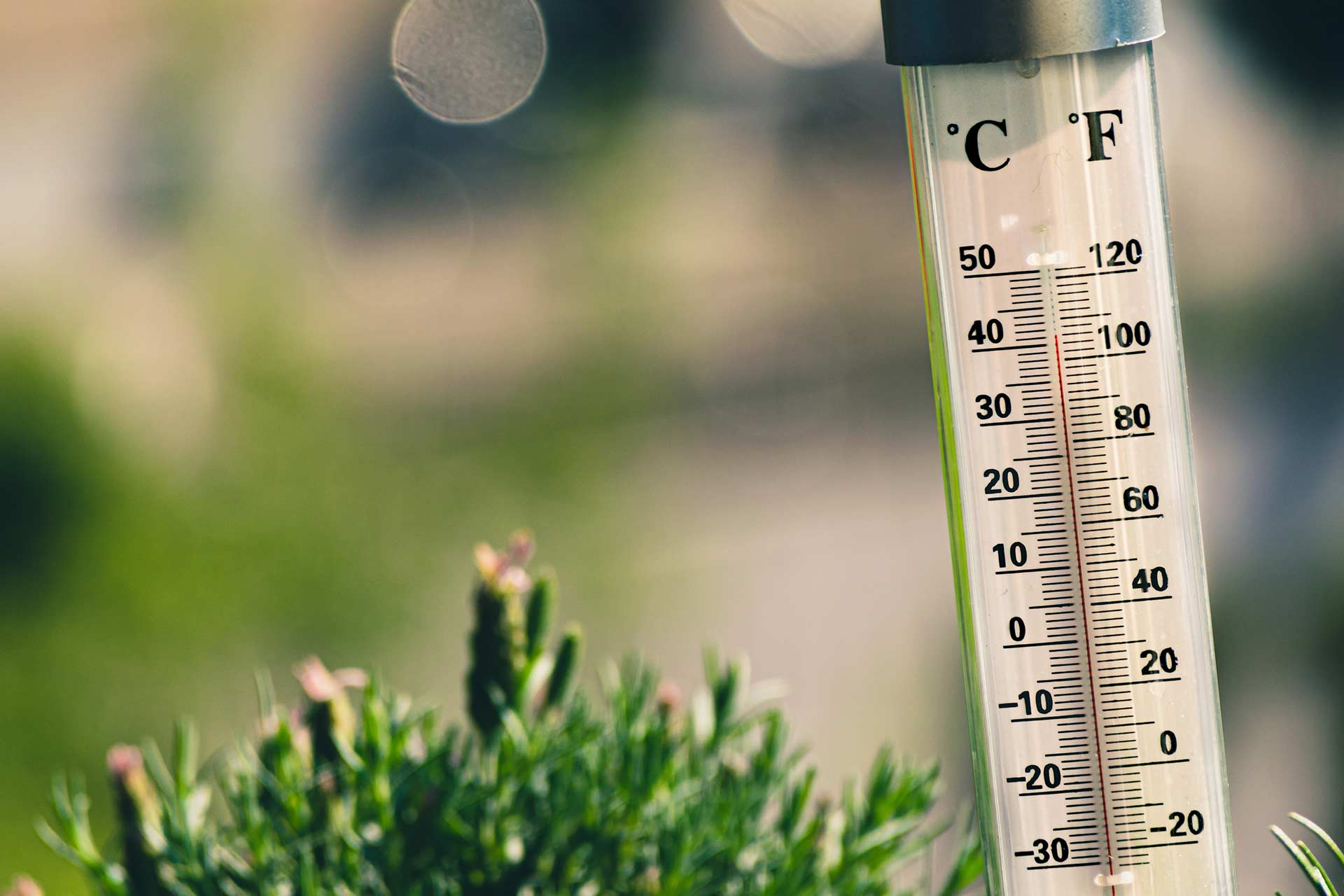
| Day | Date | Time | Temperature (°C) |
| 1 | |||
| 2 | |||
| 3 | |||
| … |
How much do you know about climate change?
Drag and drop the tiles below to match up the pairs. You’ll see a picture if you get everything right!
Climate find-a-word
There are 9 climate-related words hidden in the wordsearch below. Can you find them all?
Giving Earth a helping hand
This activity lets us explore the actions we can take to reduce climate change.
Print out the Helping Hand picture below, or make your own! For each of the fingers, come up with one action that you already do to improve sustainability. Then write down an action that you will start doing to be even more sustainable.



